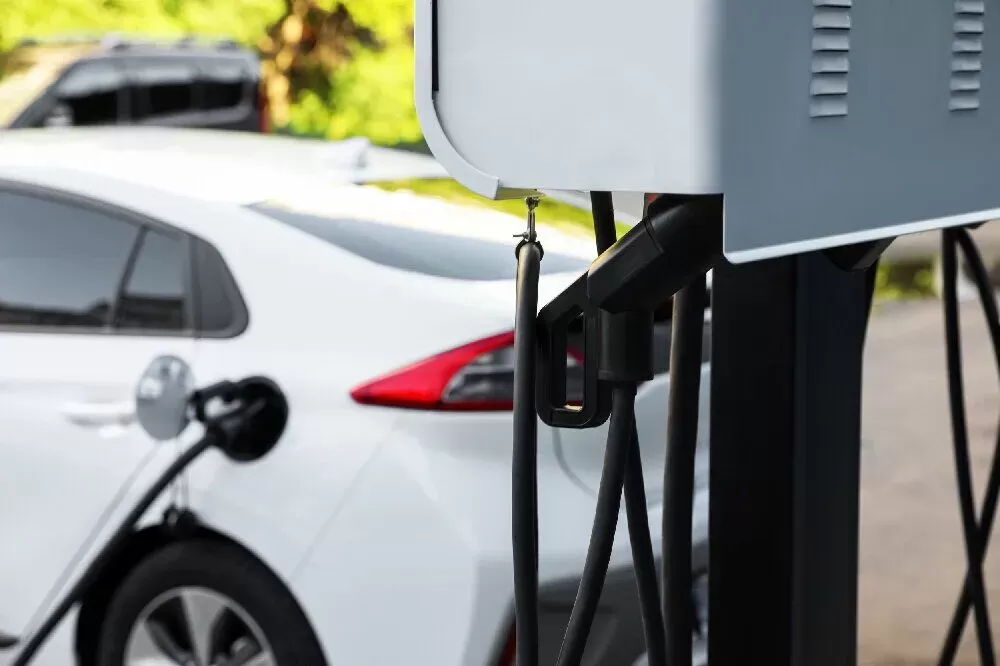Notifications

4 minutes, 33 seconds
-42 Views 0 Comments 0 Likes 0 Reviews

As a leading professional EV charger manufacturer in China, Topper Company provides dependable electric vehicle charging station equipment and comprehensive charging solutions.
As electric vehicles (EVs) gain momentum globally, how we charge them is evolving. Traditional plug-and-charge models focused on speed are giving way to smarter, more integrated systems. This shift is driven by rising energy demands, sustainability goals, and the need for efficient grid management. Smart EV charging is at the heart of this transition—optimizing charging based on grid capacity, energy prices, and renewable energy availability.
Smart EV charging uses intelligent systems to control how and when vehicles are charged. It moves beyond simple energy transfer, factoring in real-time data like grid load, renewable energy supply, user preferences, and electricity prices. This enables better energy efficiency, lower costs, and smoother integration with the grid.
Smart charging involves the coordination between EV supply equipment (EVSE), cloud-based management software, and energy systems. This setup helps fleet managers and individuals track usage, control costs, and support sustainable energy use—especially during periods when solar or wind energy is abundant.
Smart charging stations are equipped with software that communicates with EVs, energy management systems, and the electrical grid. When a vehicle plugs in, the system analyzes local energy demand, renewable energy availability, and user preferences to determine the optimal charging schedule.
For example, during peak hours, charging may be delayed or slowed to ease pressure on the grid. When renewable energy is plentiful—like midday solar—the system speeds up charging to take advantage of lower-cost, greener power.
These systems can also align with user habits. If a driver typically departs at 8 AM, the system ensures the battery is full by then—maximizing convenience while optimizing grid usage.
EVSE: The physical charger that connects to the EV.
Management System: Software that schedules and monitors charging using real-time data.
Energy Management System (EMS): Balances charging with grid demand and renewable output.
Cloud Connectivity: Enables remote monitoring, control, and data sharing for better performance.
As EV adoption rises, unmanaged charging could strain power grids. Smart charging addresses this by:
Improving Grid Stability: Reduces peak load and prevents outages.
Enhancing Energy Efficiency: Avoids overcharging and waste.
Lowering Costs: Enables charging during off-peak hours when rates are cheaper.
Supporting Renewable Integration: Aligns charging with clean energy production.
Adding Convenience: Offers more control over when and where to charge.
OCPP (Open Charge Point Protocol): Enables communication between chargers and central management systems, ensuring compatibility across manufacturers.
ISO 15118: Facilitates “Plug & Charge” — automatic authentication and billing when an EV is connected.
OpenADR (Open Automated Demand Response): Allows charging stations to adjust based on grid signals.
EEBus & OSCP: Ensure coordination between EV charging systems and home or grid energy management systems.
Smart EV charging represents the future of sustainable mobility. By combining intelligent energy use, cloud connectivity, and global communication standards, it benefits drivers, utilities, and the planet. As the number of EVs grows, smart charging will be essential to maintaining a stable, cost-effective, and eco-friendly energy ecosystem.Know more about Google SEO Directory

